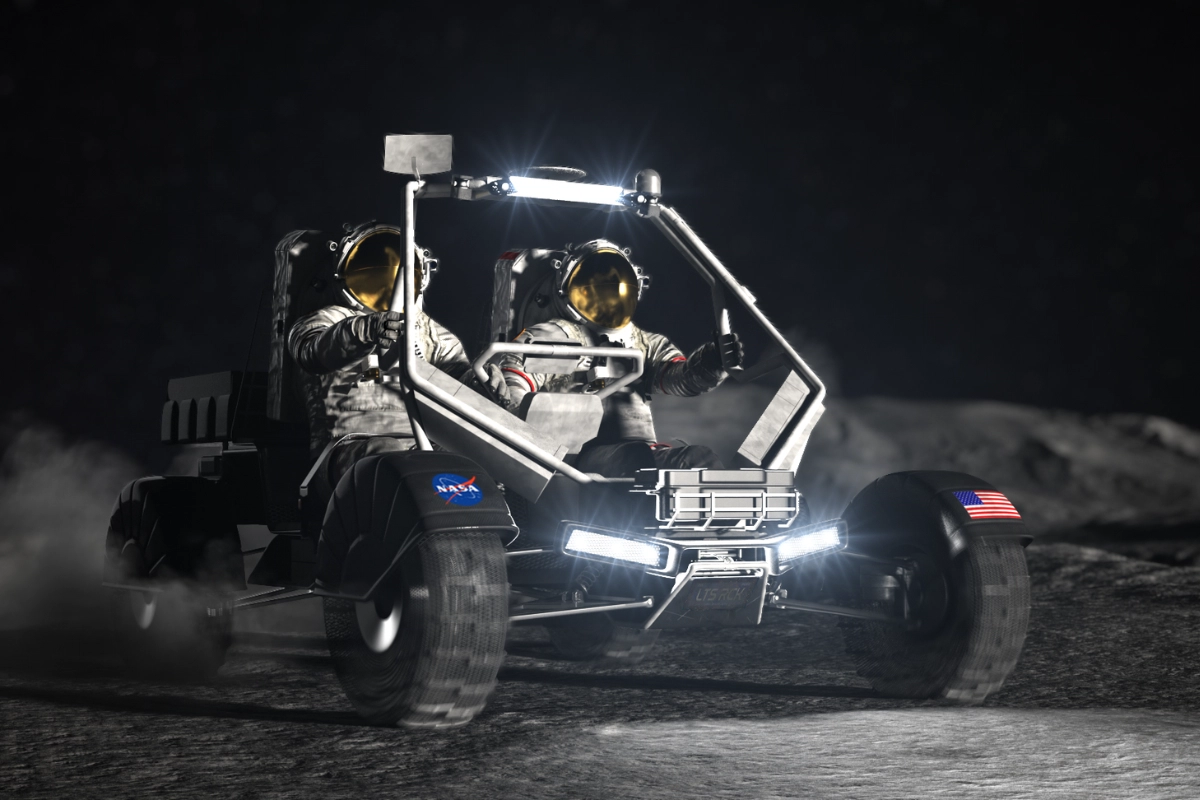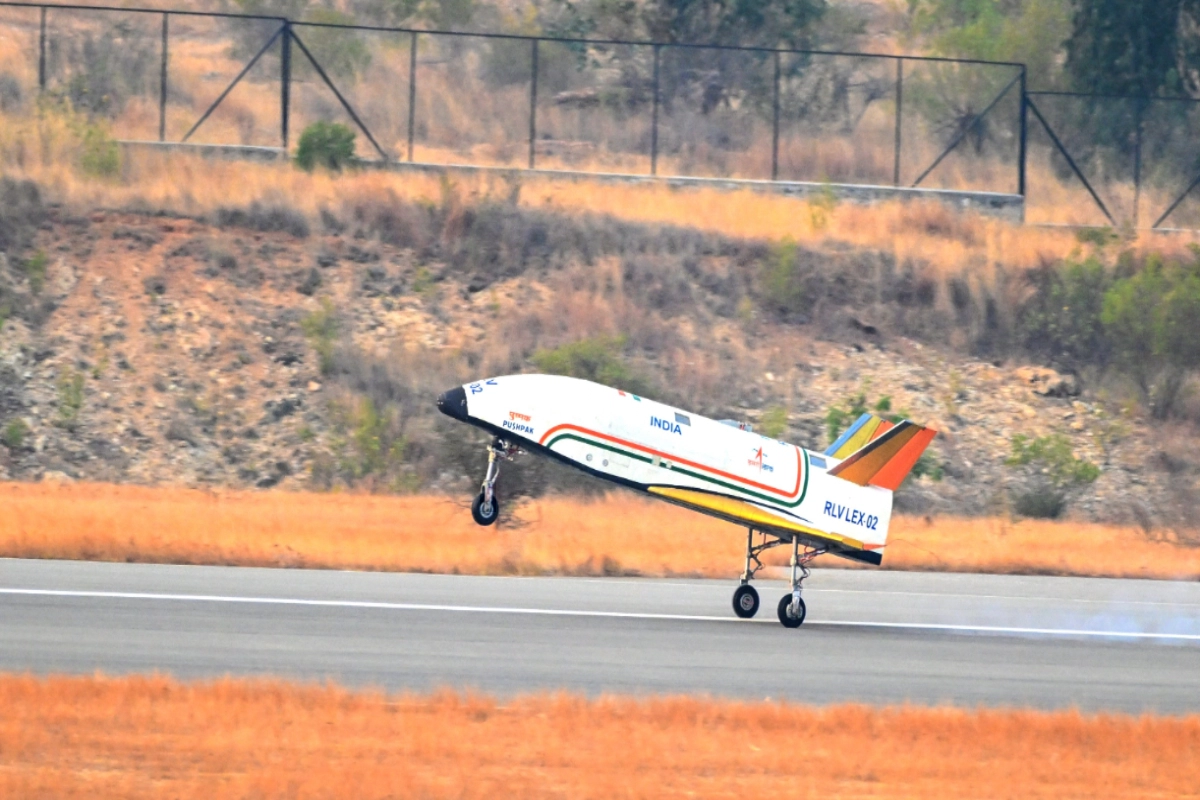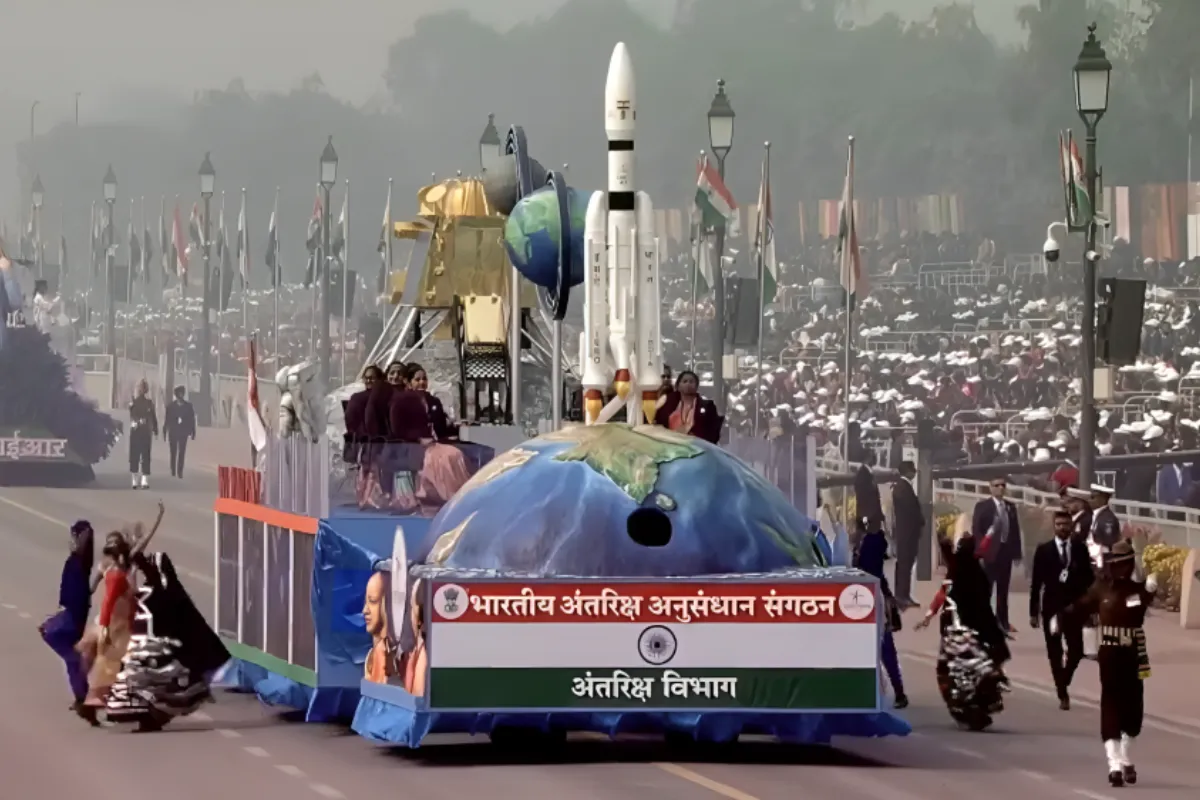Aditya L1: The Indian Space Research Organisation (ISRO) has reported that the preparations for the launch of Aditya L1 are advancing seamlessly, and all systems are ready for liftoff on Saturday. In an announcement accompanied by images of the launch rehearsal, the Indian space agency conveyed that the Polar Satellite Launch Vehicle (PSLV) has successfully undergone internal verifications and stands fully primed for its 59th mission, which entails deploying India’s maiden solar mission into a low earth orbit. NASA’s Parker Probe is, however, the closest to the sun.
Aditya L1 to touch the surface?
Will Aditya L1 touch down on the Sun’s surface? No, it won’t. Unlike Chandrayaan 3, where the Vikram lander gently landed near the lunar south pole, the Aditya L1 solar probe will be stationed at the first Lagrange point in the Earth-Sun system. The distance to the L1 point is 1.5 million km, and the spacecraft is expected to cover this distance through a series of maneuvers over a span of 4 months. Interestingly, this distance constitutes only 1% of the total 150 million km gap between Earth and the Sun.
NASA’s Parker Solar Probe
Back in December 2021, a groundbreaking moment occurred as a spacecraft made contact with the Sun for the very first time. NASA’s Parker Solar Probe ventured into the Sun’s outermost atmosphere, called the corona, and collected samples of particles and magnetic fields. The probe achieved an astonishing proximity, coming within approximately 7.8 million kilometers from the Sun’s surface.
Currently, the NASA probe is positioned about 50 million kilometers away from Earth as it continues its orbit around the Sun. In its current phase, the probe is executing orbits around Venus as part of its preparations for an upcoming close approach to the Sun.
From that point onwards, the Parker Solar Probe has been engaged in a series of elliptical orbits around the Sun, progressively reducing its distance with each orbit. Along this trajectory, it has been collecting a wealth of valuable observational data, contributing to our understanding of the Sun and its surrounding environment.
Keep watching our YouTube Channel ‘DNP INDIA’. Also, please subscribe and follow us on FACEBOOK, INSTAGRAM, and TWITTER.












